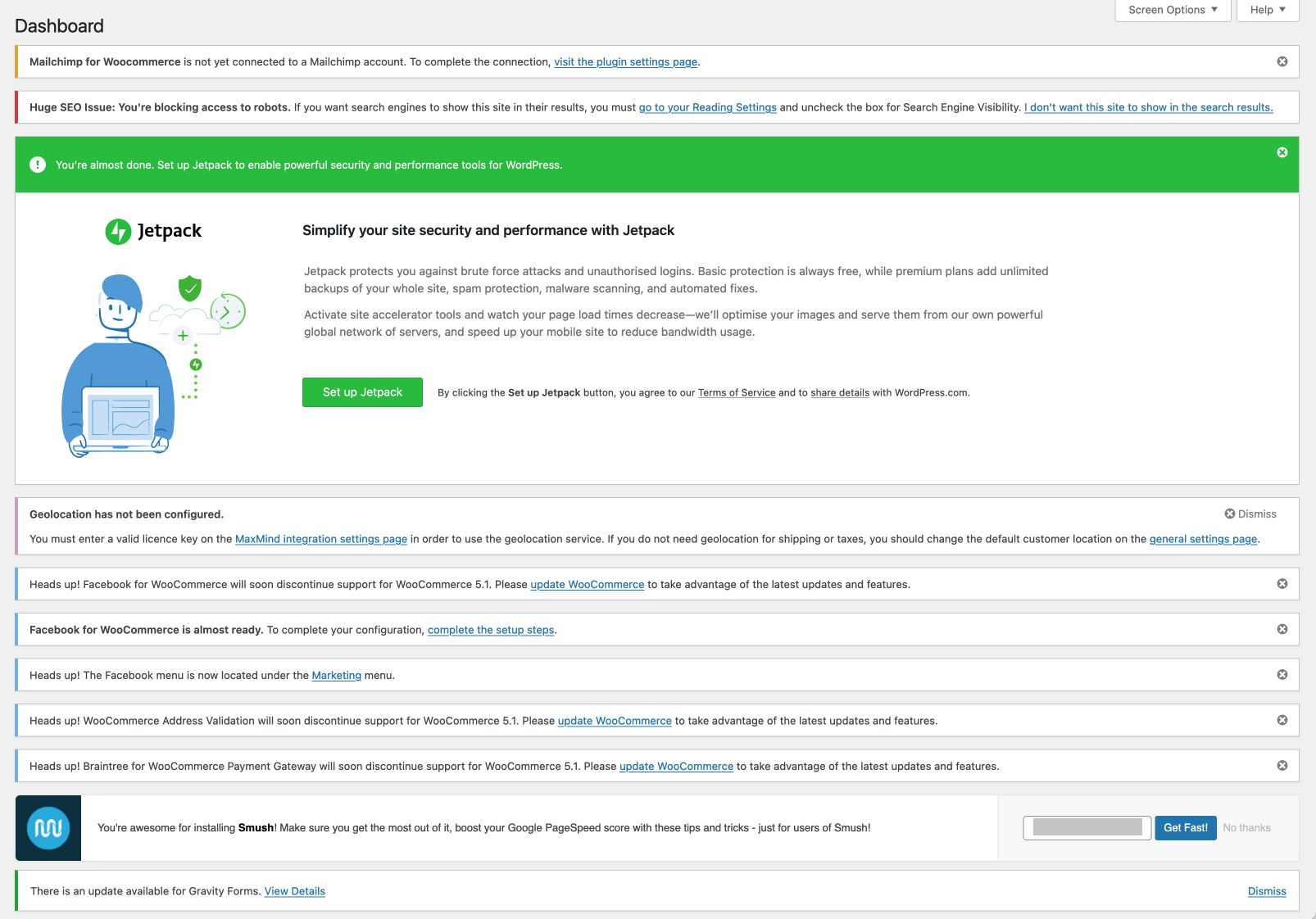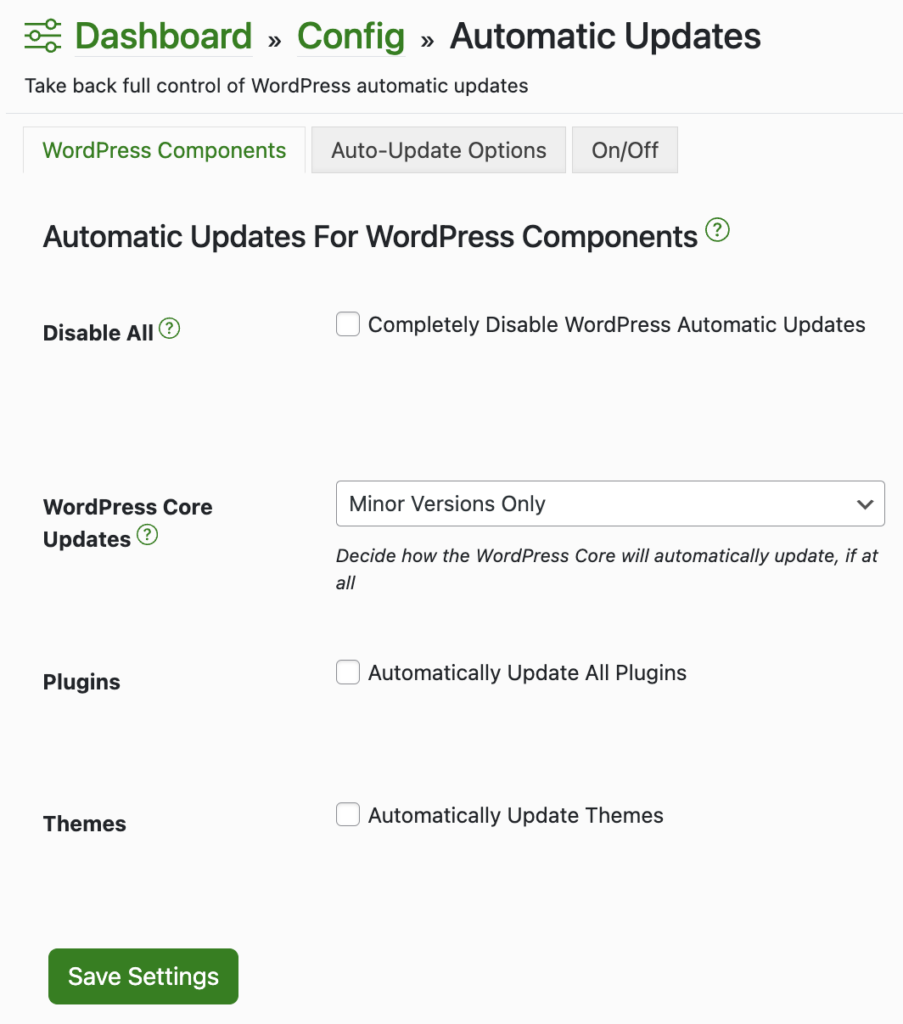A WordPress update typically takes a few minutes to complete, depending on the size and complexity of the update. WordPress updates are generally quick and straightforward, taking just a few minutes to complete.
However, the exact duration can vary depending on factors such as the size and complexity of the update. It’s important to note that during the update process, your website may be temporarily inaccessible or display a maintenance mode page. This is to ensure that the update is applied correctly and to avoid any potential issues.
It is recommended to perform regular updates to keep your WordPress site secure and up to date with the latest features and improvements. Now let’s delve deeper into the process and factors that can affect the duration of a WordPress update.

Credit: www.binarymoon.co.uk
Introduction To WordPress Updates
WordPress updates are crucial for security and performance. They help to patch vulnerabilities and ensure smooth functioning of your website. There are three main types of updates: core updates, plugin updates, and theme updates. Core updates are released regularly to fix bugs and enhance features, while plugin and theme updates are essential for keeping your site secure. Neglecting updates can leave your site vulnerable to security breaches and malware attacks. To ensure a seamless update process, it’s advisable to take a backup of your site before proceeding with any updates. Regular updates not only enhance the functionality of your site but also contribute to its overall security and reliability.

Credit: getshieldsecurity.com
Factors Influencing Update Duration
Updating WordPress can take anywhere from a few seconds to several minutes, depending on website complexity, hosting environment, and internet speed. For simple sites, the process is usually quick, while complex websites with numerous plugins and customizations may require more time. The hosting environment also plays a role; shared hosting might be slower compared to dedicated hosting. Additionally, a fast internet connection can expedite the update process, while slow speeds may cause delays. Factors such as database size and server performance can also impact the duration of the update. Keeping these considerations in mind can help manage expectations when planning a WordPress update.
Average Time For Different Update Types
The average time for different types of updates in WordPress can vary, but generally, it doesn’t take too long. Minor updates usually take a few minutes, while major updates might take up to 10-15 minutes. It’s important to ensure that you have a backup of your website before performing any updates to avoid any potential issues.
| Update Types | Average Time |
|---|---|
| Core Updates | Varies based on the update |
| Theme and Plugin Updates | Usually a few minutes |
Preparing For An Update
Before updating your WordPress website, it is crucial to take a few necessary steps to ensure a smooth process.
Backup Your Website: Creating a backup of your website is essential to avoid any data loss or potential issues during the update. This will allow you to revert back to the previous version if needed.
Check Compatibility: Before proceeding with the update, make sure that all your themes and plugins are compatible with the new version of WordPress. Incompatible plugins or themes can cause functionality problems or even break your website.
By following these steps, you can minimize the risk of encountering any issues during the WordPress update process.
Step-by-step Update Process
Updating WordPress is a necessary task to ensure the security and functionality of your website. Here are the steps to update your WordPress:
- Backup your website before starting the update process.
- Log in to your WordPress dashboard and click on the Updates icon.
- Select the latest version of WordPress and click on the Update button.
- Wait for the update process to complete. The duration of the update depends on the size of your website and the speed of your server.
- Check your website for any issues after the update.
Initiating The Update
To initiate the update, log in to your WordPress dashboard and navigate to the Updates icon. Here, you will see the available updates for WordPress, themes, and plugins. Select the latest version of WordPress and click on the Update button. WordPress will start downloading and installing the update automatically. Make sure you do not close the browser or navigate away from the page during the update process.
Monitoring Progress
You can monitor the progress of the update by checking the progress bar on the Updates page. The duration of the update process depends on the size of your website and the speed of your server. After the update is complete, check your website for any issues or errors. If everything is working correctly, then your WordPress update is successful.
Troubleshooting Common Update Issues
| Update Failures | Post-Update Errors |
|---|---|
| If your WordPress update fails, don’t panic. One common issue is a lack of disk space, so ensure you have enough space before attempting to update. Another issue could be a conflict with a plugin or theme, so try disabling them and then updating. | After updating, some users may experience errors such as the “white screen of death” or missing images. These issues can be caused by a variety of factors, including outdated plugins or themes or a corrupted database. To resolve these errors, try disabling plugins and themes, restoring from a backup, or repairing the database. |
Updating your WordPress website is important to ensure security and functionality. However, it’s not uncommon to encounter issues during the update process. By troubleshooting common issues such as update failures and post-update errors, you can successfully update your website and avoid any downtime or functionality issues.
Enhancing Update Speed
When it comes to updating your WordPress website, the time it takes can vary depending on several factors. One key factor in enhancing the update speed is optimizing your website. By choosing the right hosting service, you can significantly improve the performance of your website, including the time it takes for updates to complete.
By selecting a hosting service that offers fast and reliable servers, you can ensure that your website is running smoothly and efficiently. Additionally, optimizing your website by compressing images, minifying CSS and JavaScript files, and caching content can further improve update speed.
Moreover, regularly cleaning up your database and removing unnecessary plugins and themes can help streamline the update process. By following these optimization techniques, you can reduce the time it takes for WordPress updates, ensuring your website stays up-to-date and responsive for your visitors.

Credit: community.cloudflare.com
Frequently Asked Questions
Why Is WordPress Taking So Long To Update?
WordPress updates may take long due to server issues, slow internet, or large update files. Check your internet speed and server capacity for faster updates.
Why Does It Take So Long To Load WordPress?
WordPress may load slowly due to large images, outdated plugins, or inadequate hosting. Optimize images, update plugins, and consider better hosting for faster load times.
How Long Does It Take For WordPress Changes To Go Live?
WordPress changes can go live immediately or may take up to 24 hours to appear on the website. The time it takes depends on various factors such as caching, hosting provider, and the type of changes made. Clearing the cache and refreshing the website can help to speed up the process.
Is It Difficult To Update WordPress?
Updating WordPress is straightforward. Simply click “Update Now” in the dashboard. Always backup your site first.
Conclusion
Understanding the time frame for a WordPress update is crucial for website management. By considering factors like site complexity and server speed, you can better estimate the duration. Communicating with your hosting provider and preparing backups can help minimize potential downtime during the update process.
Keep these tips in mind to ensure a smooth update experience.


